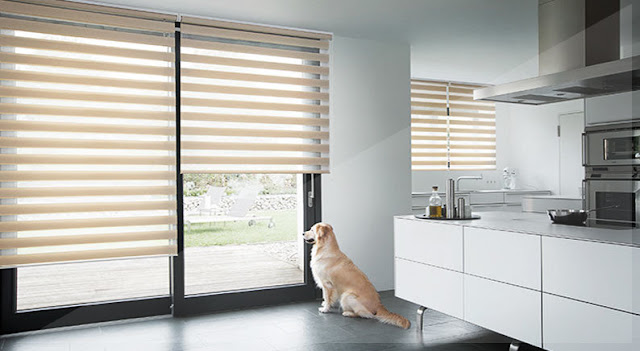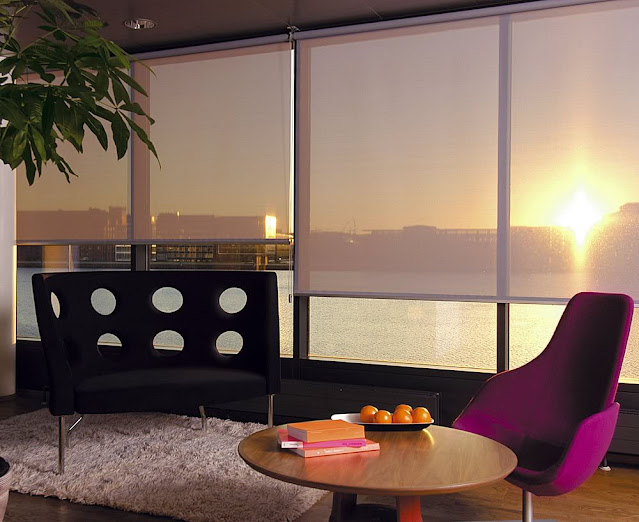How To Use Blockout Blinds To Protect Your Home From The Sun And Keep Your Energy Costs Low

Here are some points of Blockout Blinds To Protect Your Home From
What are Blockout blinds?
Blockout blinds are a type of window treatment that can be used to create privacy or added insulation from the outside environment. They are typically made of a sheer fabric material that is divided into panels, with each panel covering one or more windows. When the panels are closed, light and heat cannot escape from the room and are instead blocked out.
How do Blockout blinds work?
Blockout blinds are a type of window coverings that are typically used in homes to provide privacy. They work by blocking out light from entering the room, which can help to create a more comfortable and relaxing environment.
What are the benefits of Blockout blinds?
There are many benefits to using blockout blinds in your home. Some of the benefits include:
1) Blockout blinds can help you increase privacy and security. This is especially useful if you have children or pets who may want to peek into your windows while you're not home. By using a blockout blind, they won't be able to see what's going on inside your home.
2) They can also help reduce noise and light pollution in your home. By blocking out certain areas of the window, it will make it harder for people outside to see what's happening inside the room. This can help keep you more relaxed during nighttime hours and reduce distractions from outside noise.
3) Finally, blockout blinds add an element of style and convenience to your home. They're often easy to install and look great with any décor style. So whether you're looking for a practical way to increase privacy and security, or just want something stylish and convenient, blockout blinds are a great option for you!
How to choose the right size Blockout blinds?
When selecting blockout blinds, it is important to take into account the size of the window and the amount of light that will be blocked. Blockout blinds come in a variety of sizes, so it is important to select one that will fit the window perfectly.
Commercial and residential windows can vary in size from 8 inches wide to 30 inches wide. To find out the correct size for your window, measure from the top of one side of the window to the bottom on the other side. Then divide that number by two to get an approximate width measurement in inches. For example, if your measurement is 16 inches, your blockout blind would be a 12 inch width by 18-inch height.
If you are looking for a more custom fit, measure both sides of your window and add 1 inch on each side for framing purposes (so you have a total measurement of 19 inches). Now choose a blockout blinds with a width equal to or less than this number (in this case 16 inches), and height equal to or greater than this number (18 inches).
How to install Blockout Blinds?
Blinds are a great way to add privacy and adjust the light coming into a room. Installing blockout blinds is a simple process that many do on their own. There are a few things that you need to know in order to install these blinds correctly: the size of the window, the type of blind, and the installation method.
When measuring your window, make sure that you account for both the width and height of your window. Blinds come in both single and double-hung varieties. If you are installing blinds with Velcro or magnets, measure from the top of your window frame down to where you want your blind to hang. If you are using screws or nails, measure from the edge of your window down to where you want your blind to hang.
The next step is to choose which type of blind will best suit your needs. Blockout Blinds Auckland come in three types: fabric-covered wood, wire-covered wood, or vinyl-covered wood. Fabric-covered blocks out 100% of light while wooden blocks let some light through; vinyl blocks out only 50% light while letting some through.
Conclusion
Blockout blinds are a great way to keep your home or office cool and dark during the day. They are also a great way to keep out the sun's harmful UV rays.



Comments
Post a Comment